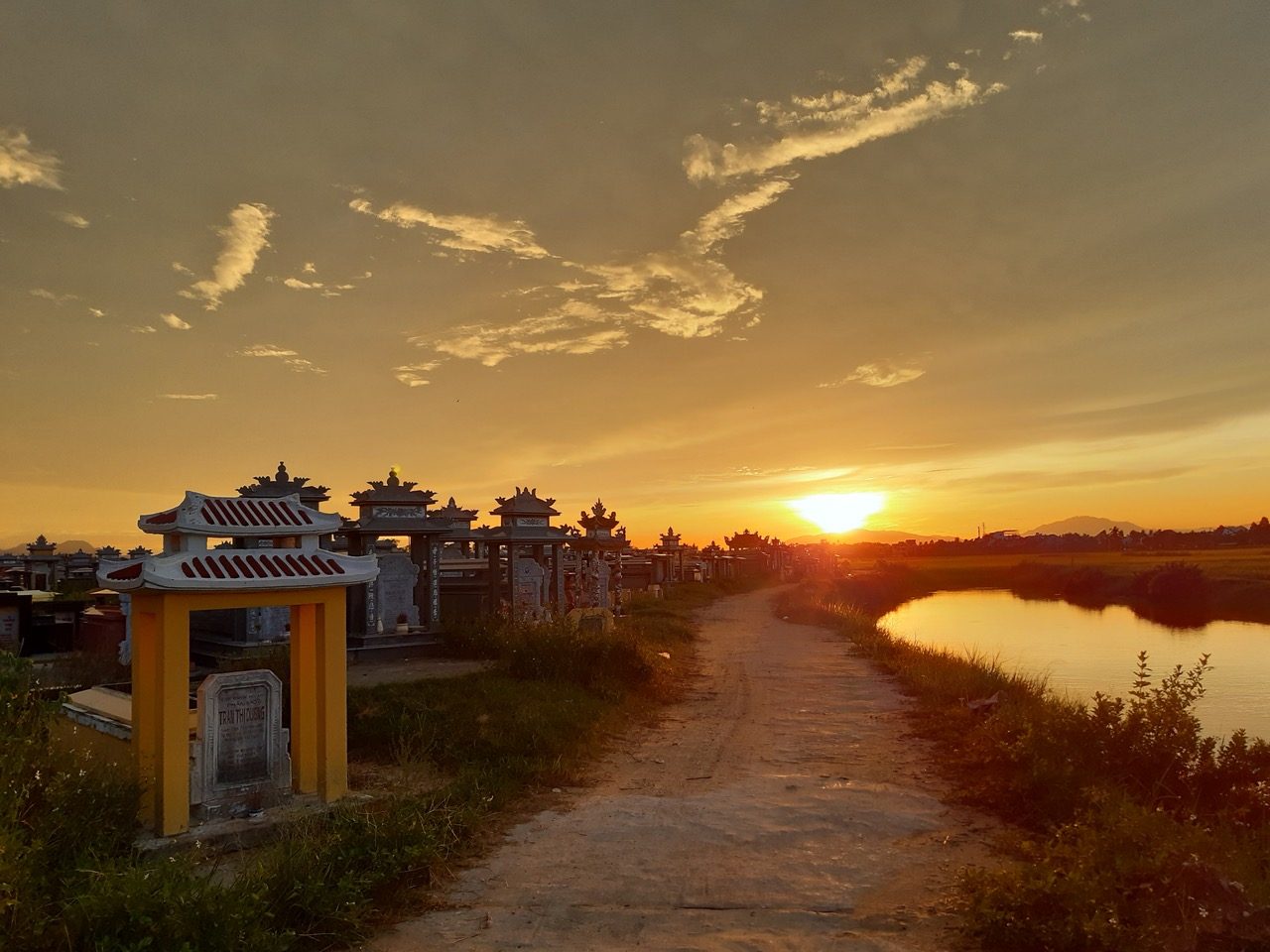
The dragon-shaped country stretches over nearly 1650km, so the climate in Vietnam is very different between the north and the south of the country. Each region follows its own seasonal pattern.
If you are wondering when to go to Vietnam, you will find below a summary of the climate of each region.
- North Vietnam
The north offers a more temperate climate than the rest of the country, with seasons similar to our 4 seasons.
This region experiences significant temperature variations. Summers, from May to August, are very hot and often rainy, especially in July and August. Winters, meanwhile, between December and March, are often cool and foggy, with temperatures sometimes dropping below 10 degrees Celsius. Ambient humidity, present in both winter and summer, accentuates the temperature, and it seems more intense. Thus, 30 degrees in June will feel like, and 15 degrees in January can feel like freezing.
In mountainous regions, temperatures are always cooler and can drop to almost 0 degrees in the coldest months. Legend has it that sometimes it even snows briefly on the peaks of Sapa.
The inter-season periods, which we could associate with our spring and autumn, are the most pleasant, with moderate temperatures and lower humidity. It is always a good idea to go to Vietnam at that time.
- Central Vietnam
In this part of the country, it is rather hot all year round, and very hot from May to August. The rainy season can start in May, but the rains remain occasional during the summer, and it is an ideal time to enjoy the beaches around Hoi An. From October/November to the end of January, heavy showers are a daily occurrence, and it rains every day in the evenings, and sometimes all day long. This period is therefore not a preferred time to travel. On the contrary, from the end of January to April, the dry climate is very pleasant.
- South Vietnam
In the south of the country, the climate is tropical: it is hot and humid all year round. The dry season, ideal for enjoying the beach, runs from November to April, while the monsoon season is from May to September/October, with rains that often arrive at the end of the day. However, they do not prevent most visits. It should also be noted that the inland rainy season is not always the same as on the coast or on the islands, and that it sometimes comes earlier or later and can be much more intense.
Regardless of the region, remember that the rainy season is not, as one might imagine, a period of continuous heavy rains. It is usually a few hours of heavy downpours at the end of the day, which will not prevent you from enjoying your program of morning and afternoon. Going to Vietnam in the rainy season can even be pleasant as the water feeds the farmland, creating a greener panorama and awakening life in the countryside. However, more sports or remote activities will be difficult at this time of the year as the rain makes the roads difficult to navigate in some areas.
Please note that these recommendations are indicative and, as everywhere else in the world, the climate in Vietnam is changing rapidly and the familiar patterns of a few years ago are not always true from one year to the next.
Overall, the best months to enjoy good weather throughout the country are April and May. The period from September to the beginning of November also benefits from a pleasant climate in all regions. However, Vietnam’s climate remains humid, with rainfall possible throughout the year. Even the seasons considered less favorable will not feature two weeks of non-stop rain and mist, and you can go to Vietnam all year round. There is always at least one region where the climate is optimal to make a trip to Vietnam. Book your plane tickets and leave at the period you want without worrying about the weather. Your travel designer will know how to organize your stay according to the seasons!





